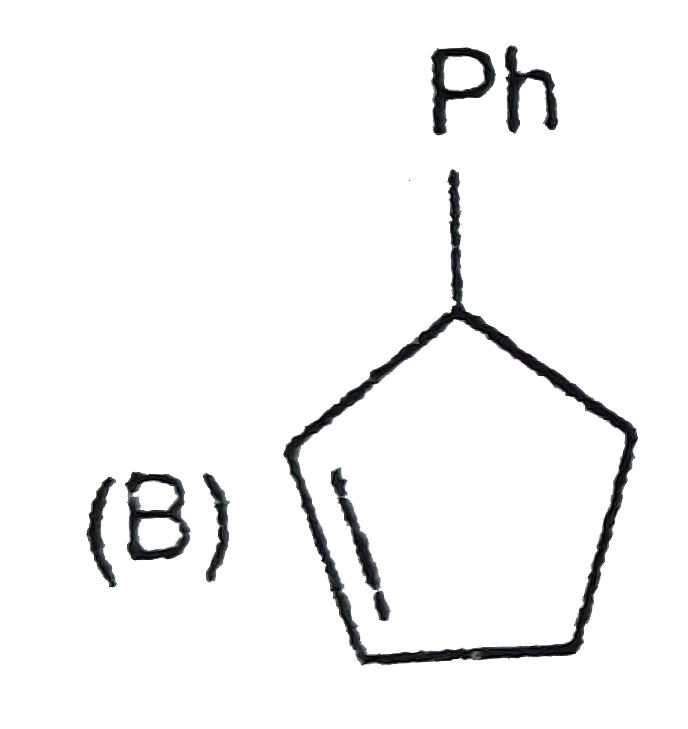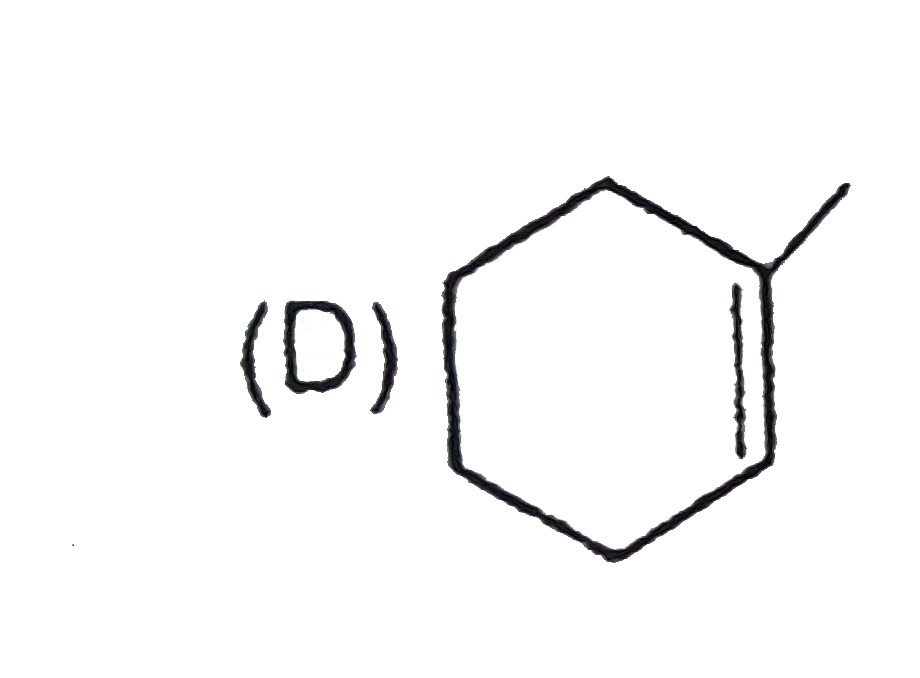The medians BE and CF of a △ABC intersect at G. Then choose the correct option.
ar(△GBC) = ar of quad.AFGE
ar(△GBC)=ar(△FCB)
ar(△GBC)=ar(/_\AFC)
ar(△BGC) = ar (BACG)
To solve the problem, we need to analyze the triangle ABC with medians BE and CF intersecting at point G. We will find the relationship between the areas of the triangles formed by these medians.
1. Draw Triangle ABC:
- Start by sketching triangle ABC. Mark points A, B, and C.
2. Identify the Medians:
- Draw median BE from vertex B to the midpoint E of side AC.
- Draw median CF from vertex C to the midpoint F of side AB.
3. Mark the Intersection Point:
- Label the intersection of medians BE and CF as point G.
4. Divide the Triangle into Areas:
- The medians divide triangle ABC into six smaller triangles: AGB, AGC, BGE, BGC, CFE, and CGF.
- Let's denote the areas of these triangles as follows:
- Area of triangle AGB = 1
- Area of triangle AGC = 2
- Area of triangle BGE = 3
- Area of triangle BGC = 4
- Area of triangle CFE = 5
- Area of triangle CGF = 6
5. Use the Properties of Medians:
- Since BE is a median, it divides triangle ABC into two equal areas:
- Area of triangle ABE = Area of triangle BCE.
- Similarly, CF is also a median, so it divides triangle ABC into two equal areas:
- Area of triangle ACF = Area of triangle BCF.
6. Set Up Area Equations:
- From the properties of medians, we can write:
- Area of triangle ABE = Area of triangle BCE = Area of triangle ACF = Area of triangle BCF.
- This means:
- Area of triangle BGC = Area of triangle BGE + Area of triangle GBC = 3 + x (where x is the area of triangle GBC).
- Area of triangle AGB + Area of triangle AGC = 1 + 2 = 3.
- Area of triangle AGB + Area of triangle BGC = 1 + (3 + x) = 4 + x.
7. Equate Areas:
- Since the total area of triangle ABC is constant, we can set up the equation:
- Area of triangle AGB + Area of triangle AGC + Area of triangle BGC = Area of triangle ABE + Area of triangle BGC.
- This simplifies to:
- 3 + x = 4 + x.
8. Solve for Areas:
- By solving the equation, we find that:
- Area of triangle GBC = Area of quadrilateral AFG.
- Thus, we conclude that the area of triangle GBC is equal to the area of quadrilateral AFG.
Conclusion:
The correct option is that the area of triangle GBC equals the area of quadrilateral AFG.
- Start by sketching triangle ABC. Mark points A, B, and C.
- Draw median BE from vertex B to the midpoint E of side AC.
- Draw median CF from vertex C to the midpoint F of side AB.
- Label the intersection of medians BE and CF as point G.
- The medians divide triangle ABC into six smaller triangles: AGB, AGC, BGE, BGC, CFE, and CGF.
- Let's denote the areas of these triangles as follows:
- Area of triangle AGB = 1
- Area of triangle AGC = 2
- Area of triangle BGE = 3
- Area of triangle BGC = 4
- Area of triangle CFE = 5
- Area of triangle CGF = 6
- Since BE is a median, it divides triangle ABC into two equal areas:
- Area of triangle ABE = Area of triangle BCE.
- Similarly, CF is also a median, so it divides triangle ABC into two equal areas:
- Area of triangle ACF = Area of triangle BCF.
- From the properties of medians, we can write:
- Area of triangle ABE = Area of triangle BCE = Area of triangle ACF = Area of triangle BCF.
- This means:
- Area of triangle BGC = Area of triangle BGE + Area of triangle GBC = 3 + x (where x is the area of triangle GBC).
- Area of triangle AGB + Area of triangle AGC = 1 + 2 = 3.
- Area of triangle AGB + Area of triangle BGC = 1 + (3 + x) = 4 + x.
- Since the total area of triangle ABC is constant, we can set up the equation:
- Area of triangle AGB + Area of triangle AGC + Area of triangle BGC = Area of triangle ABE + Area of triangle BGC.
- This simplifies to:
- 3 + x = 4 + x.
- By solving the equation, we find that:
- Area of triangle GBC = Area of quadrilateral AFG.
- Thus, we conclude that the area of triangle GBC is equal to the area of quadrilateral AFG.
The correct option is that the area of triangle GBC equals the area of quadrilateral AFG.
Similar Questions
Knowledge Check
Choose the correct options.
ACell division helps group of cells to undergo certain modification to form specialised organs.BCell differentiation helps in increasing the number of cells.CIn viviparous animals, development of zygote takes place inside the body.DAll of the above.Choose the correct options:
AFavourable conditions for formation of graphite are high pressure and low temperature from equilibrium diamond (d=3.5g/ml)⇔ graphite (d=2.3g/ml),Δ=−1.9kJ/moleBFor reaction N2O4(g)⇔2NO,(g), degree of dissociation (α) is √K4P+KP where P is equilibrium pressure.CFor reaction CI2(g)+3F2(g)⇔2CIF3(g),ΔH=−329kJ ,dissociation of CIF3(g) will be favoured by additon of inert gas at constant pressure.DReaction stops at equilibrium (microscopically).Choose the correct option(s)
A HOBr−−−→ Major products are enantiomersB
HOBr−−−→ Major products are enantiomersB H3O⊕−−−→ Major products is optically activeCCH2=CH2OsO4/NaHSO3−−−−−−−−−→ product is CH2∣OH−CH2∣OHD
H3O⊕−−−→ Major products is optically activeCCH2=CH2OsO4/NaHSO3−−−−−−−−−→ product is CH2∣OH−CH2∣OHD MCPBA−−−−→ products are diasteromers
MCPBA−−−−→ products are diasteromers
The median BE and CF of a triangle ABC intersect at G. Prove that the area of ΔGBC= area of the quadrilateral AFGE.
View SolutionThe medians BE and CF of a triangle ABC intersect at G . Prove that area of GBC=areaofquadrilateralAGFE.
View SolutionChoose the correct option(s)
View SolutionChoose the correct option(s)
View SolutionThree medians AD, BE and CF of ΔABC intersect at G. The area of ΔABC is 36 sq. cm. Then the area of ΔCGE is
View Solution
